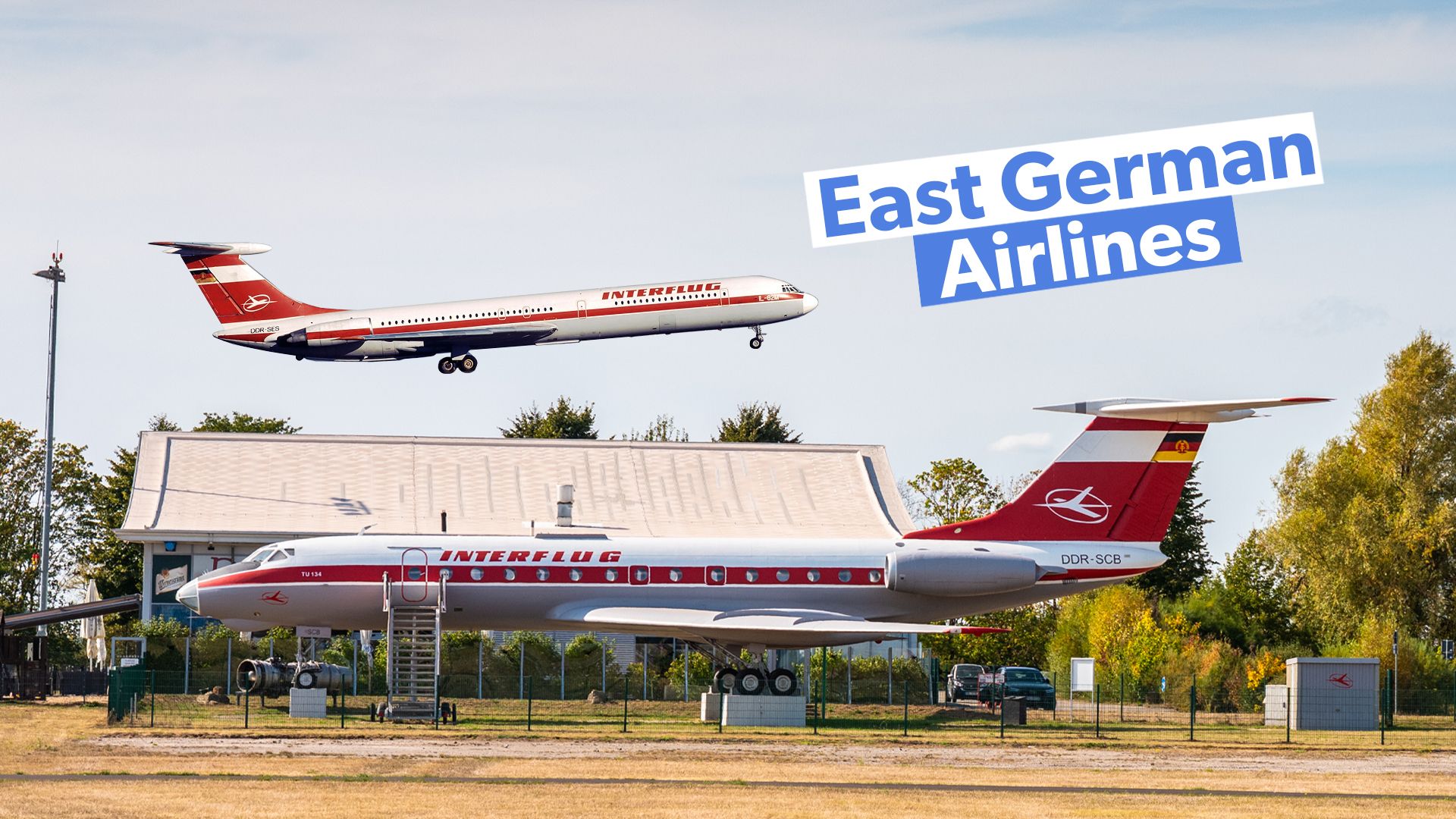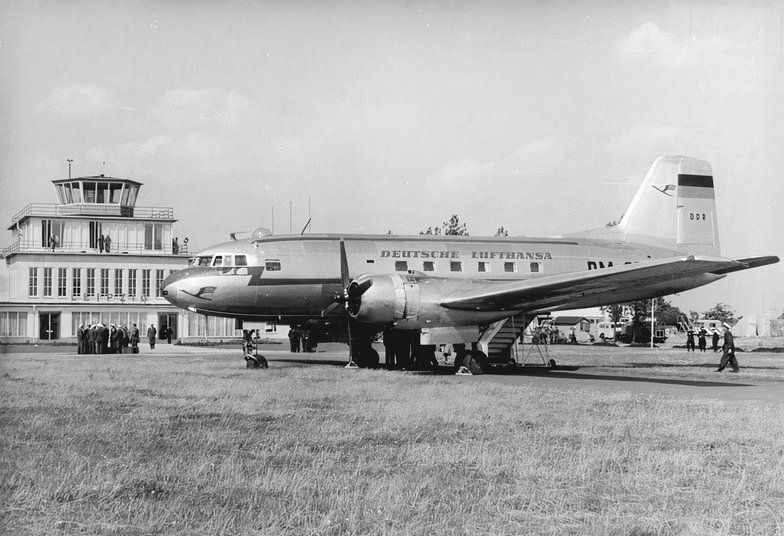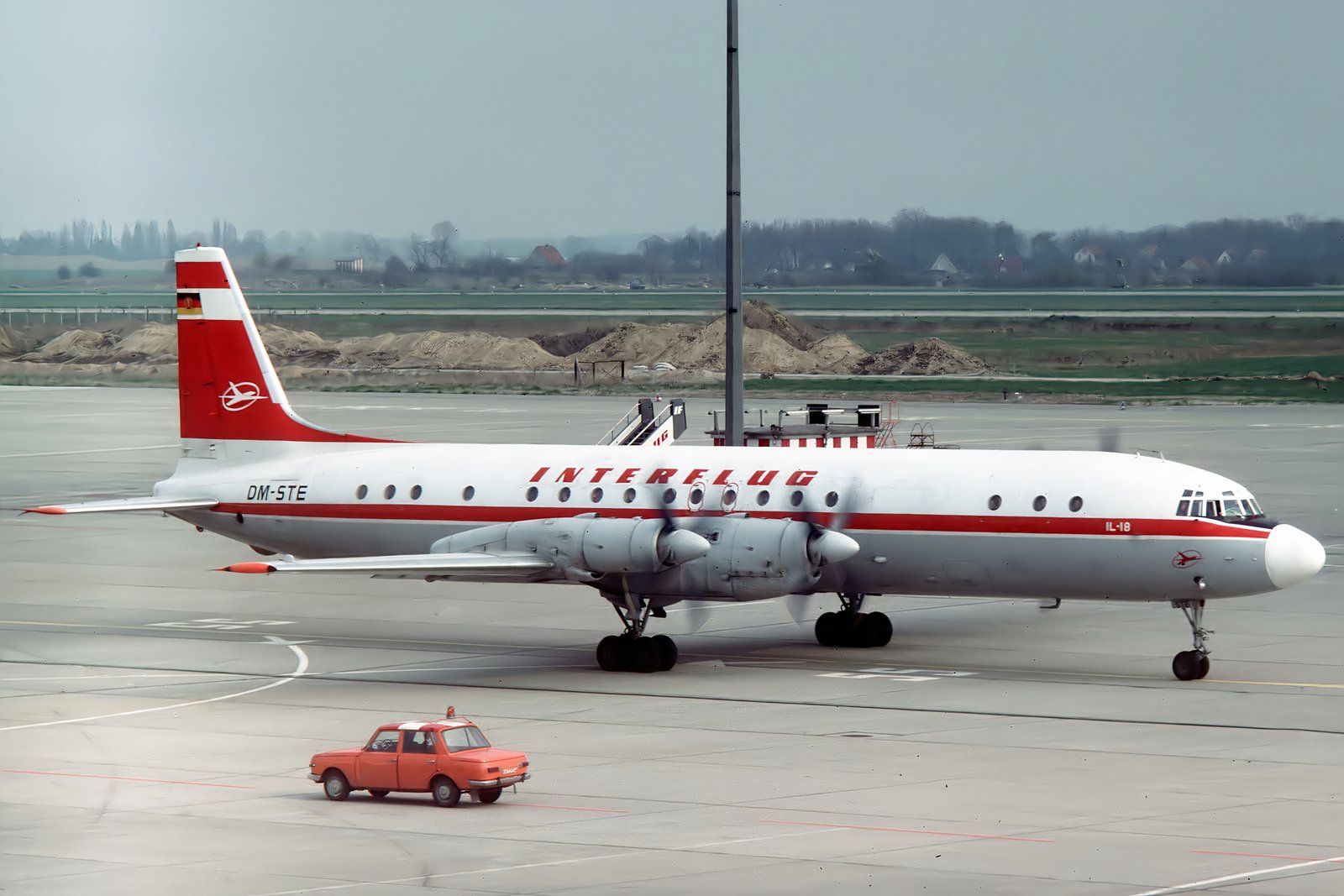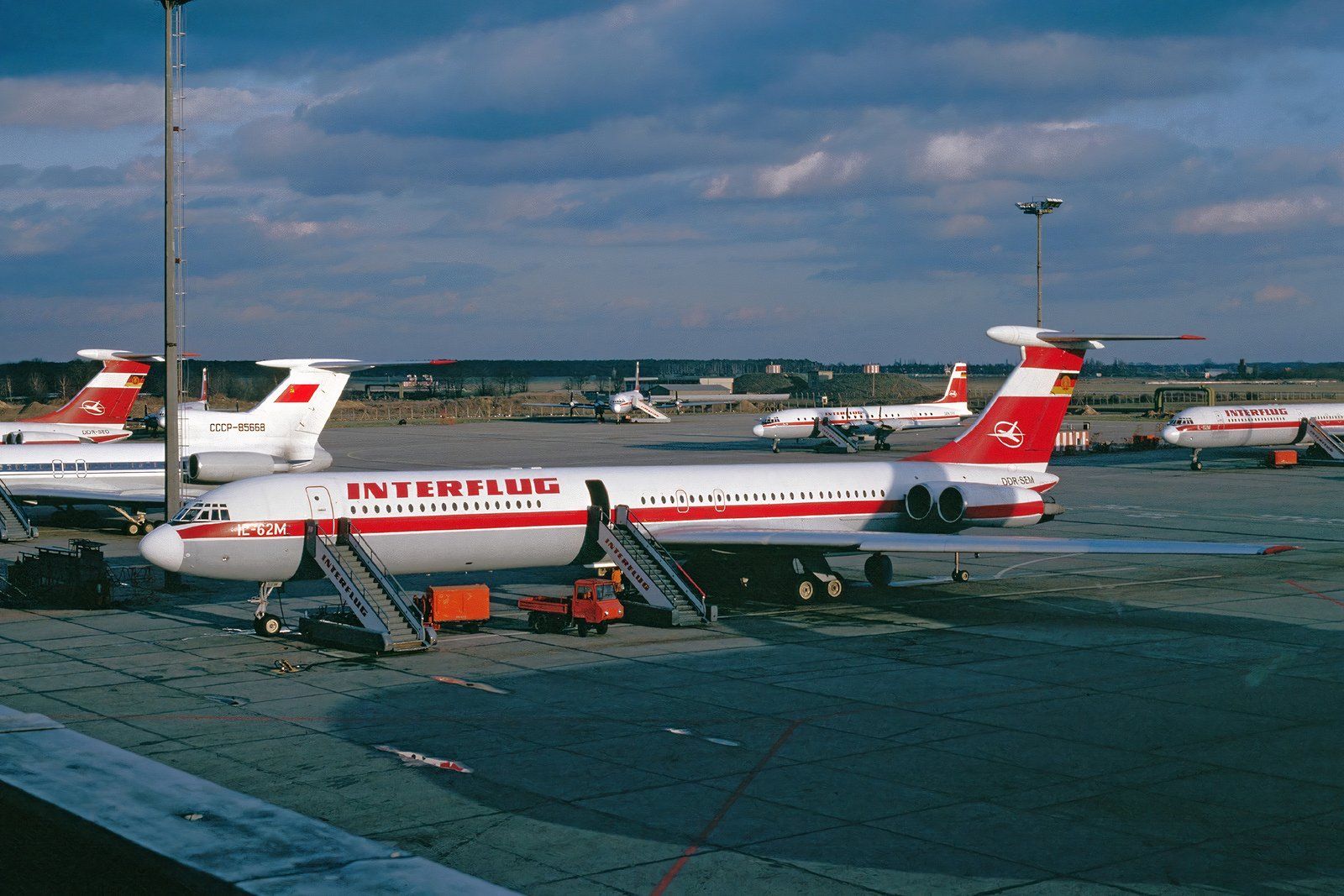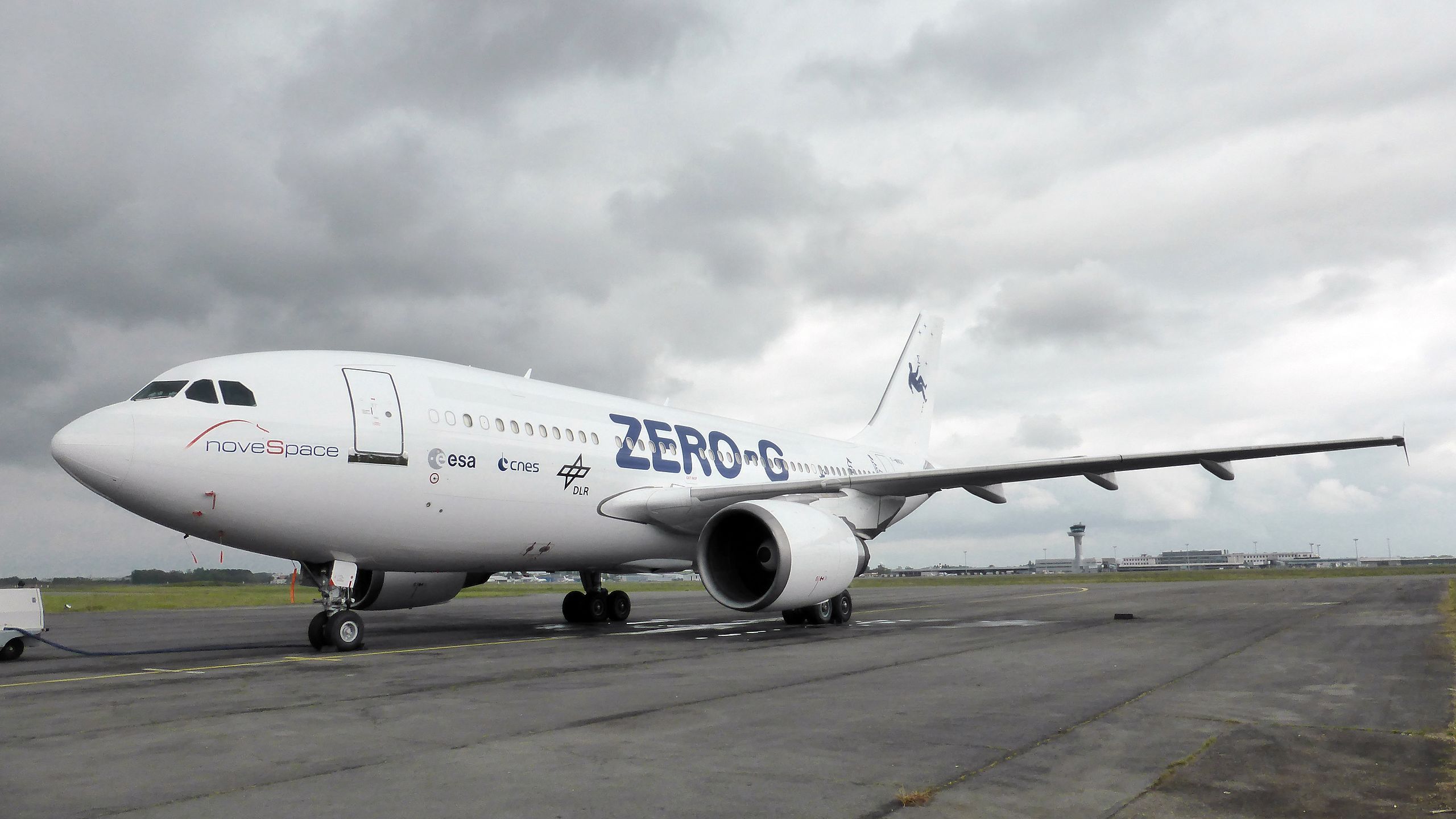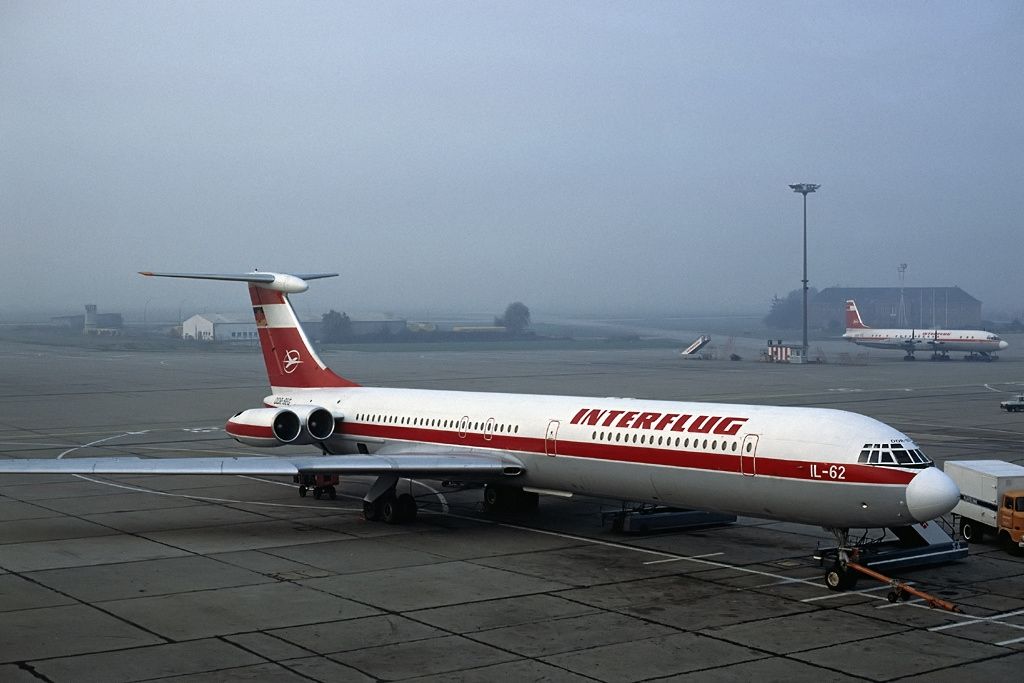As Germany’s national flag carrier, ![]() Lufthansa
Lufthansa
is well known as one of the largest and most successful global airlines. But Germany once had another flag carrier:
Before reunification, Interflug was the national airline of the German Democratic Republic (GDR) or “East Germany.” With a far more chequered past, it was a feature of aviation in the Warsaw Pact nations before it quietly slipped into history as Germany became a single nation again. But let’s look back at the carrier, its fleet and operations, and the fate that ultimately befell it.
The formation of an East German airline
Following the end of World War II and the subsequent occupation of Germany, all aircraft in the country were seized, and airlines were liquidated.
However, by 1955, the East German government and the Soviet Union had agreed that Berlin Schönefeld Airport would be transferred to civilian use, and the GDR decided to set up a national East German airline.
This resulted in the establishment of Deutsche Lufthansa, equipped with a fleet of Ilyushin Il-14 aircraft operated by Soviet crews.
Photo: German Federal Archives
Passenger flights were launched in 1956, with the inauguration of an East Berlin-Warsaw service and further expansion to Leipzig, Moscow, Prague, and Sofia.
Newer, four-engined Ilyushin Il-18 aircraft were also added to the fleet. However, West German Lufthansa sued the company for using its trademarked name, preventing it from being admitted into the International Air Transport Association ( IATA
).
So, a new carrier was established, and in 1963, Deutsche Lufthansa was liquidated, and its staff, fleet, and route network were transferred to Interflug.
Photo: Interflug Archive
Interflug: Unlike any other airline
As a state-owned entity, Interflug was under the control of the National Defense Council, which also controlled the East German armed forces. Its operations were carefully orchestrated as an apparatus of the socialist state, which imposed some core requirements:
- Its approximately 8,000-strong workforce was required to be members of the Socialist Unity Party.
- Most Interflug pilots were reserve officers of the National People’s Army and would often be pulled away for military service.
- Similarly, its aircraft could be requisitioned for military purposes at any time.
- Applicants for flight attendant jobs had to be approved by the Stasi, the East German secret police, which assessed their “political reliability” in an attempt to minimize espionage and defection to Western countries.
- Each flight crew was assigned a political officer who gave political lectures during flights.
- Interflug crews who associated with employees of airlines from non-socialist countries risked immediate suspension.
Photo: Interflug Archive
Interflug was based at Berlin Schönefeld Airport, the largest airport in East Germany and the site of the current Berlin Brandenburg Airport
(BER).
Over the years, it established routes to more than 60 cities, with a heavy bias towards the Warsaw Pact and other socialist nations. Many of these connections served political purposes rather than operating as profitable routes, and often they were short-lived.
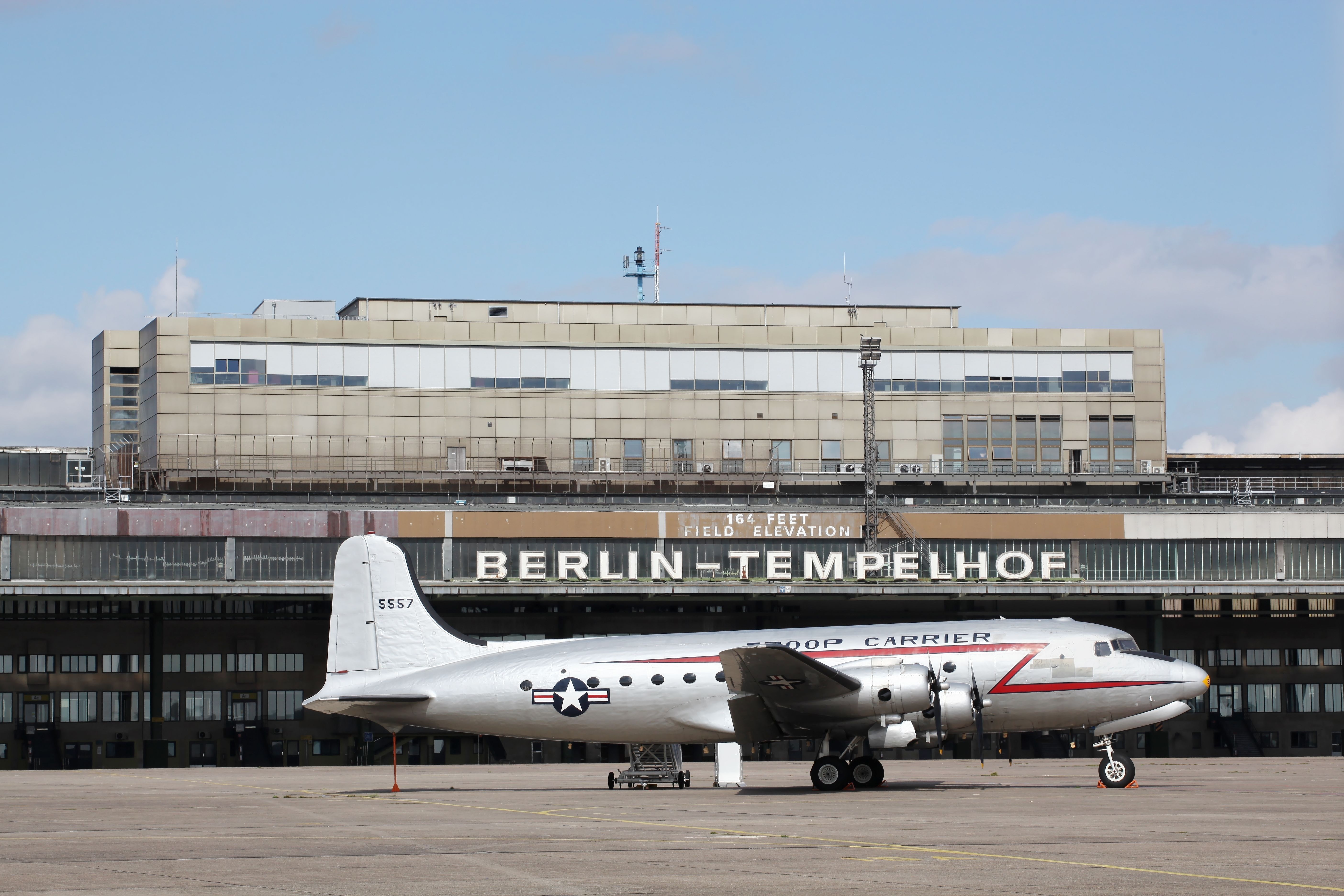
Related
Why Did Berlin Historically Have So Many Airports?
“Berlin” and “airports” are two words closely associated throughout the last century.
Interflug’s diverse fleet of airliners
Interflug built the core of its fleet using Soviet-produced airliners, but it also experimented with a homegrown option and was an Airbus
customer in its later years.
The Soviet-produced Ilyushins and Tupolevs
Interflug inherited the Il-14s and Il-18s from Deutsche Lufthansa, with the latter proving to be the workhorse of Interflug’s short-haul flights. Beyond that, Interflug also utilized the following aircraft:
- Tupolev Tu-124: The 56-seat Tu-124 was introduced in the mid-1960s as Interflug’s first jet airliner. Only three were operated and sold back to the Soviet Union in 1975.
- Tupolev Tu-134: Created via an official directive from Soviet leader Nikita Khrushchev, impressed by the quiet cabin of the rear-engined Sud Aviation Caravelle, the Tu-134 entered service with Interflug in 1969 and was its most numerous aircraft.
- Ilyushin Il-62: Once the largest jetliner in the world, the Il-62 quadjet was acquired in 1971 and served longer-range routes such as Havana, Hanoi, and Singapore.
The homegrown airliner that never was
Interflug was also the intended primary operator of the Baade 152, an early jet airliner designed and constructed in East Germany by the VEB Flugzeugwerke Dresden.
However, while two prototypes were built and conducted test flights, development stalled as the GDR government turned to the Soviet Union for aircraft, and the project was abandoned in 1961.
Photo: German Federal Archive
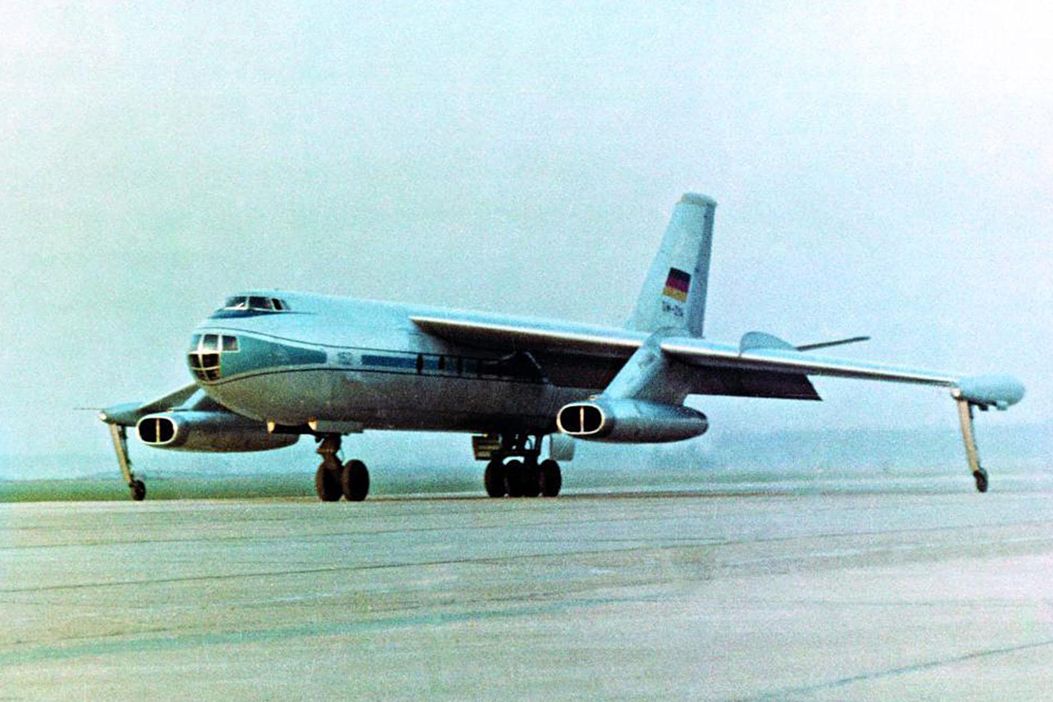
Related
The Baade 152: East Germany’s Unsuccessful Jetliner
The East German Baade 152 jetliner flew and showed promise but was canceled as the Soviets sought to focus on Soviet jetliners.
The airliners from the West
As relations with the West began to thaw in the late 1980s, Interflug acquired a handful of Western airliners. In 1988, it placed an order with Airbus for three A310s
, the first of which was delivered in 1989.
All three ultimately exited the fleet in 1991 and were initially transferred to the German Air Force to act as VIP transports, but have since gone on to have very interesting lives:
- D-AOAA: Sold to Novespace in 2014, it now operates as a platform for scientific parabolic flights, enabling research to be carried out in microgravity.
- D-AOAB: Sold to Mehan Air of Iran in 2011 with its VIP configuration intact but has been stored since 2015.
- D-AOAC: Served the German Air Force for 30 years before being withdrawn from service in 2021. It is currently being preserved and used as a restaurant at Serengeti Park in Hodenhagen, Germany.
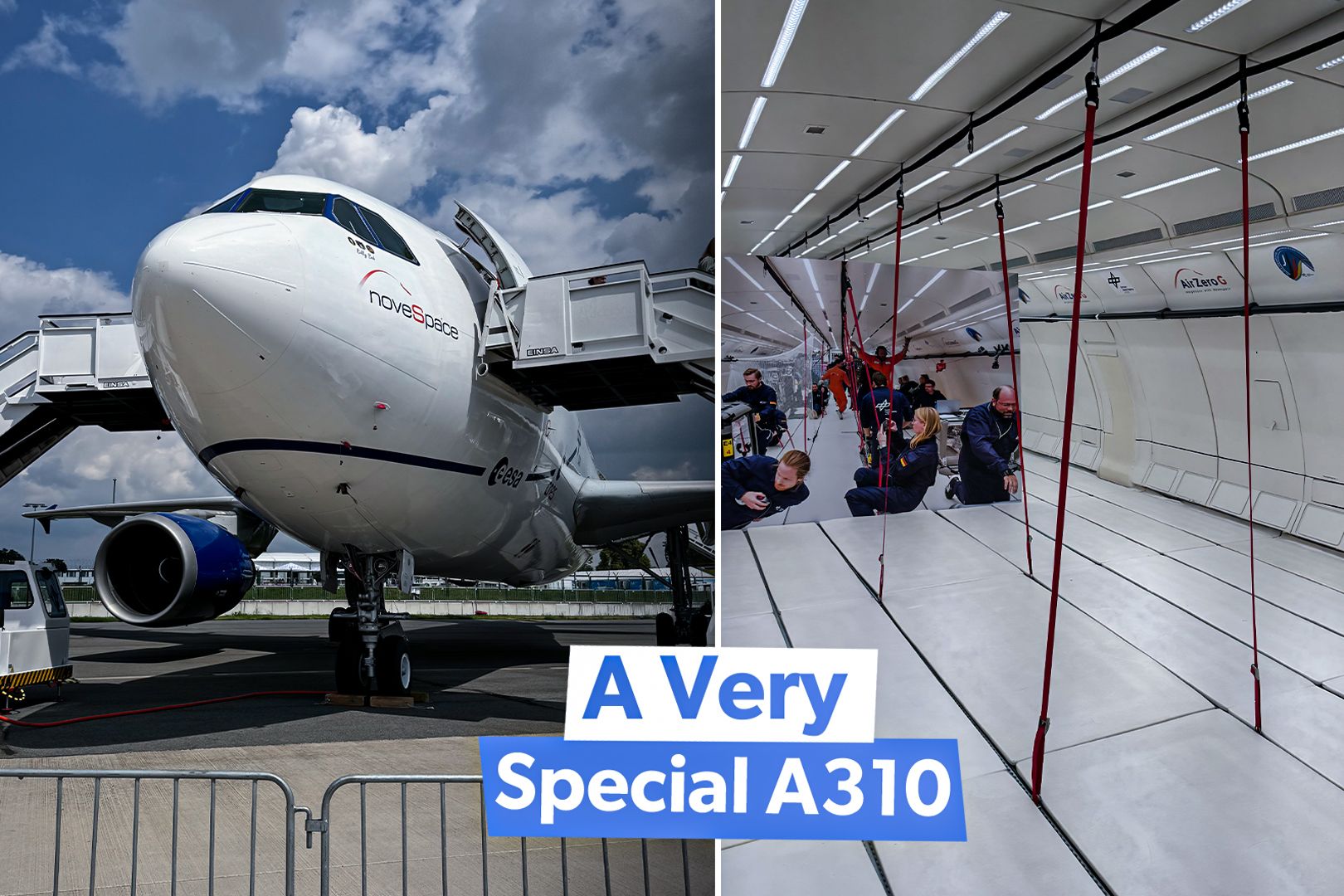
What’s It Like On Board The Novespace ZeroG Airbus A310?
The jet itself, F-WNOV, bears a unique registration. In France, all jets with W following the country’s prefix are test aircraft
Photo: Novespace
Did you know? The East German TV series Treffpunkt Flughafen was produced in the mid-1980s. It is about a fictional crew of an Interflug Ilyushin Il-62 and their negative experiences in foreign countries, which the average East German citizen was not allowed to travel to.
The ultimate demise of Interflug
While Interflug grew during the 1960s due to strong support from the East German and Soviet governments, it was primarily a political tool and continuously operated with deep deficits.
This began to hit especially hard in the 1970s with higher costs due to the fuel crisis and a GDR government with less funding available for vanity projects, making it ever-more difficult for Interflug to keep its fuel-hungry birds in the air.
By 1980, it had dismantled its entire domestic network and severely cut back international operations and was teetering on the brink when the Berlin Wall came down in 1989.
The following year, the newly unified German government entertained offers from Lufthansa and British Airways, both interested in purchasing a stake in Interflug to grow their share in the German market, especially in Berlin. Ultimately, it declined both offers and instead chose to liquidate the airline, with the last commercial flight taking place in April 1991 using a Tu-134 on the Berlin-Vienna route.

